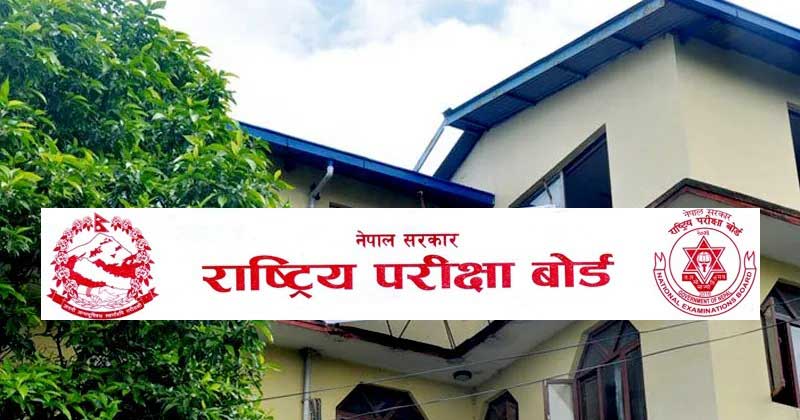
Errors Found in SEE Mark Sheets and Data Entry for the Year 2080
The most frequent errors in the NEB Secondary Education Examination (SEE) have been identified in the process of entering marks into the mark sheets and data entry into the computer. This has been revealed through the results of students who applied for rechecking after being dissatisfied with their SEE results for the year 2080. The process of publishing the results of those who applied for rechecking is now in its final stage.
According to the NEB office of the Examination Controller, Class 10, under the National Examination Board (NEB), a total of 18,612 applications were submitted for rechecking the results of the 2080 SEE. Out of these, only the results of 30 students remain to be published. The results of these remaining students are expected to be made public within a day or two, as stated by Nandalal Paudel, the Examination Controller (Class 10) of the Board.
According to the Board, the results have been changed in 843 subjects, which accounts for 4.6% of the total applications. The Board has identified several reasons for the errors in the results.
Among these, the most significant error, accounting for 1.14%, occurred during the entry of marks into the mark sheets and computer data entry. Errors in entering marks outside the answer sheets account for 0.94% of the total errors.
Additionally, errors occurred in the following areas:
- Adding marks outside the answer sheets: 0.87%
- During the evaluation of answer sheets: 0.70%
- Errors in both evaluation and addition: 0.04%
- Errors in entering and adding marks outside the answer sheets: 0.92%
- Errors in addition and data entry: 0.01%
- Errors in evaluation, mark entry, and addition: 0.01%
NEB Examination Controller Paudel mentioned that the cumulative errors that began during the form-filling process in Class 9 were reflected when the SEE results were published. "It is often heard that errors in the results occurred due to the Board's shortcomings when viewed superficially. However, the reality is different," he stated. "In some cases, the problem arose because the examinees themselves entered incorrect marks. In other cases, issues were observed during the evaluation process. It appears that correcting this issue will require the involvement of multiple entities."
According to the NEB, the number of result changes due to the current rechecking process is slightly lower compared to last year. In 2079, 3,456 students applied for rechecking their SEE results, out of which the results of 964 students (25% of the applications) were changed. Similarly, in 2078, 641 applications were submitted, and the results of 298 students (4.93%) were changed.
NEB SEE




